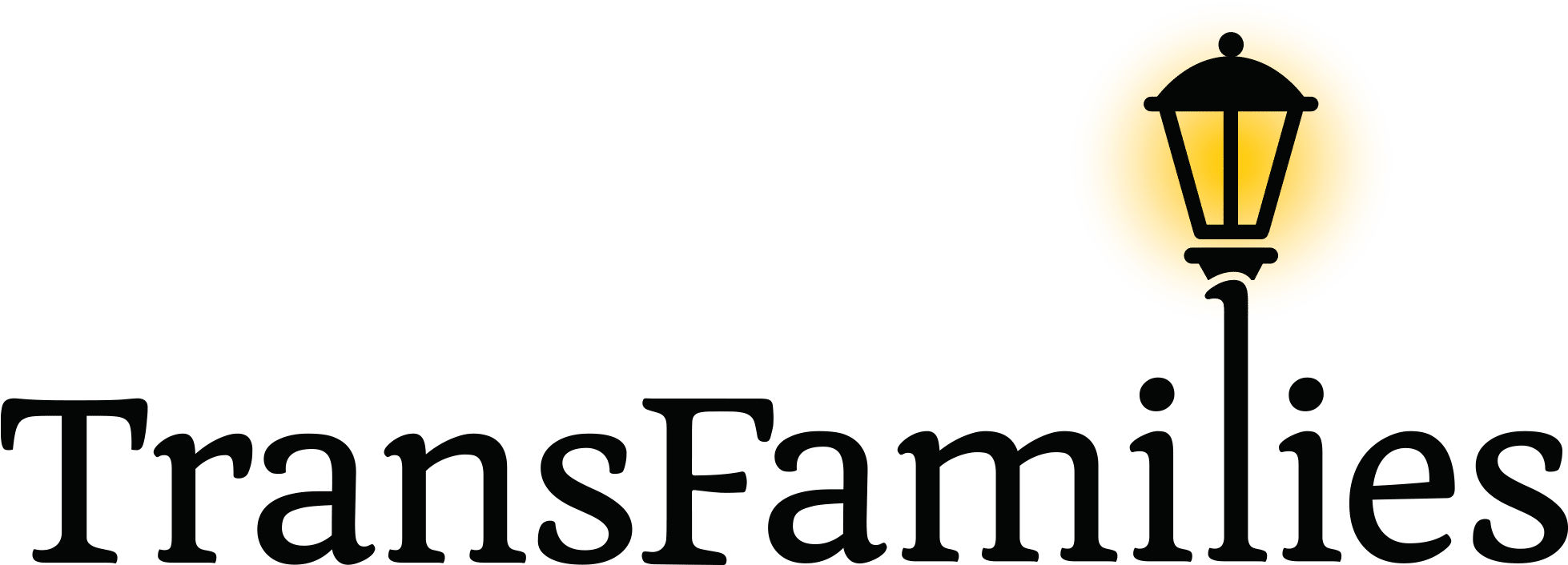Language of Gender
Language used to describe gender diversity in individuals is continually evolving to better capture the wide array of factors and experiences of gender diverse people.

Biological Sex or Assigned Sex at Birth
describes the sex / gender a person was given at birth based on their anatomy. Sex is almost exclusively limited to two categories—female and male—and is determined by external genitalia and subsequent assumptions about a person’s internal genitalia (ovaries/testes), hormones (estrogen/testosterone), and chromosomal designations of XX or XY (omitting existing variations like XXY, XO, XYY, X, and others). Given the potential genital, hormonal, and chromosomal variations within humans, it is more accurate to recognize this diversity and to no longer over-simplify the human body based on an outdated, inaccurate oversimplification of male/female.
Congruence
is the feeling of harmony in one’s gender; experiencing comfort in our bodies as it relates to our gender.
Gender Expression
describes the external ways in which a person expresses their gender identity to the world, such as through their behavior, emotions, style of dress, hairstyle, makeup, interests, or choice of toys, colors, or activities.
Gender Dysphoria
is a sense of unease (sometimes overwhelming) because a person’s assigned gender does not match their internal sense of their gender (who they actually are). Dysphoria arises from the mismatch between the way people expect someone to be as a boy or a girl, versus the way one actually is in their heart and mind. It is important to note that not every trans person experiences dysphoria in a way they can describe.
Gender Euphoria
is a feeling joy, elation, relief, or comfort or when a person has their gender affirmed. Being called the correct pronoun or the correct name are common moments when a person feels gender euphoria. Parents often witness this on their child’s face when a stranger correctly genders them.
Gender Identity
refers to a person’s innate sense of their own gender. This can include being female, male, both, genderfluid, or other—regardless of their assigned sex at birth. The most commonly used terms to describe gender identity include, but are not limited to, the following:
- Cisgender is an adjective that is used to describe a person whose assigned sex aligns with their gender identity, e.g., someone who was assigned female at birth and whose gender identity is female. Most people are cisgender. This is often shortened to ‘cis’ (pronounced ‘SISS’).
- Transgender is an adjective used to describe a person whose gender identity differs from their assigned sex at birth, e.g., someone who was assigned female at birth, but whose gender identity is male. It is often shortened to ‘trans.’
- Nonbinary is an adjective that can be used to describe a variety of gender identities that do not fall into one of the two traditional (binary) categories—male or female. It can indicate a person’s gender identity that is something other than male or female, that is neither entirely male nor entirely female, or that blends elements of being male or female.
- Additional terms in use that describe nonconventional forms of gender identity:
- Agender can be literally translated as “without gender.” It can mean nonbinary or it can mean not having a gender identity. People who identify as agender might also describe themselves as genderless, gender neutral, neutrois, libragender.
- Demiboy | Demigirl are playful terms for a gender identity that is partially binary (a boy or girl), and partially nonbinary. It is similar to nonbinary, but implies a person’s particular affinity for the masculine or feminine aspect of their gender, while emphasizing that we do not currently have enough language to understand gender that is between the binaries (much less outside the binaries!). Similar terms you might come across include: demimasc or demifemme.
- Gender Expansive is an umbrella term used to describe those whose gender identity does not conform to society’s common definitions of gender. This includes expectations for appearance and behavior.
- Gender Fluid is a gender that varies over time, is dynamic and changing rather than static. This can be occasionally, every month, every week, everyday, to even every few moments a day depending upon the person.
- Gender Nonconforming is a slightly outdated term describing a person whose gender identity or expression do not conform to conventional binary expectations. It is used less because it reinforces an expectation of conformity to the gender binary, despite overwhelming evidence that the binary is arbitrary.
- Gender Queer is another way to say that a person’s gender idetitiy or expression do not conform to the ‘norm.’ Using the word ‘queer’ also references LGBTQ+ actvisim of reclaiming words that were formerly used as slurs.
- MtF is shorthand for ‘male-to-female.’ FtM is shorthand for ‘female-to-male.’ They are considered outdated as they unintentionally perpetuate the idea that there are only two genders, and that to understand someone, we must know what their sex at birth was.
*Note: An example of correct usage for these adjectives include: a cisgender person, a transgender person, a nonbinary person.
Intersex
describes individuals born with chromosomes, hormones, anatomy and/or other sex characteristics that are not exclusively male or female as defined by the medical establishment. In most cases, there are no medical risks, but most are assigned a binary sex identity (male or female) by their doctors and/or families.
Sexual Orientation
is a collection of terms used to describe to whom one is emotionally, physically, and/or romantically attracted. Like cisgender people, transgender and nonbinary people will also use any sexual orientation descriptor including straight, gay, lesbian, bisexual, asexual, queer, etc. Note: Gender identity terms (e.g. cis, trans, nonbinary) are not sexual orientation labels.
Transitioning
is a verb describing the process through which a person begins to live in congruence with their gender identity. Each person’s transition is distinct, but possible steps may include any combination of social changes (e.g., changing their name and pronouns, identification documents, appearance, etc.), legal, or medica changes.
Transphobia
describes a range of negative attitudes, feelings, or actions towards transgender people or transness in general. Transphobia can mild or violent. It can include fear, aversion, hatred, or anger. Sometimes we internalize such negative feelings without realizing it. When that happens, our reactions to our loved ones (or ourselves) can unintentionally perpetuate transphobia.
Transsexual
an older term used to describe people whose gender does not align with their assigned sex. In the 1960s this term was a breakthrough for those trying to get the medical community to understand their experience and desire for medical intervention. In the 1970s and 1980s, the term transsexual became more widely used in community and politics. Today some young people find it offensive, while some older trans people continue to feel affinity with it. The tension around this word relates to its early assumptions of 1) a gender binary and 2) a universal desire to obtain surgical intervention.
